Keeping pace with the world, China has long since promoted Smart Connected Vehicles as one of the targets of national policy support and regards it as an important strategic and pillar industry for the national economy.
As we all know, the substantial development of intelligent network-linked vehicles needs to break through technologies such as data, communications, human-computer interaction, information security, and high-precision maps, and it is necessary to improve the testing and evaluation system of related technologies.
The coordinated development of multi-field technologies has prompted the testing of intelligent networked vehicles to require a platform that can fully simulate and test ADAS, V2X, infotainment, powertrain, body and chassis hardware and software as integrated systems.
"As the only company in the industry to combine hardware-in-the-loop simulation with RF testing, NI's next-generation smart vehicle test technology based on platform solutions is filling the industry's urgent need to test complete solutions for full-cycle automotive products." Mr. Zhou Zhixiang, sales manager of automotive equipment business of National Instruments (hereinafter referred to as "NI"), was recently promoted by the China Association of Automotive Engineers, the Suzhou Automotive Research Institute of Tsinghua University, and the China Automotive Industry Innovation Alliance. The 5th International Intelligent Networking Automotive Technology Annual Conference (hereinafter referred to as “CICV2018â€) emphasized that NI can provide intelligent networked vehicles with smart testing solutions that pass R&D verification to production line testing.
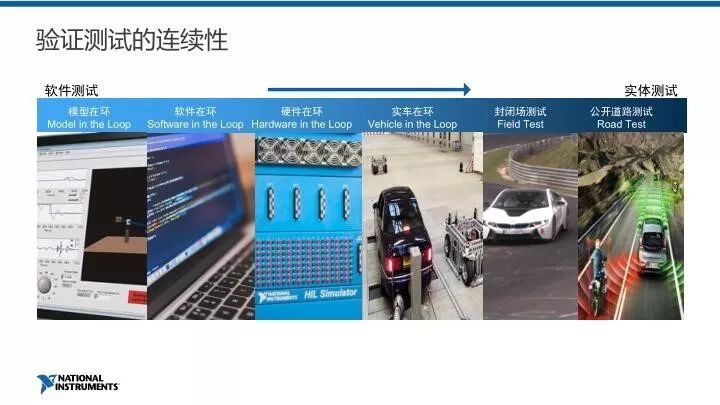
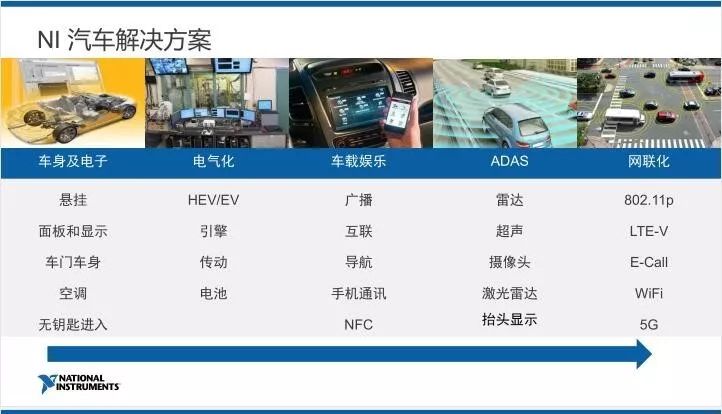
Figure 1. The overall test solution covering the entire product line, from R&D verification to mass production testing, has enabled NI to gain significant attention in the field of smart car testing.
1
Boosting the full range of millimeter wave radar testing, NI VRTS has contributed
For testing of millimeter-wave radar, a popular core technology in the ascendant ADAS system, NI Automotive Radar Test System (VRTS) combines NI millimeter wave front-end technology, PXI vector signal transceiver (VST) and application-specific software , Focus coverage 76-81 GHz automotive radar parameters test and target simulation test.
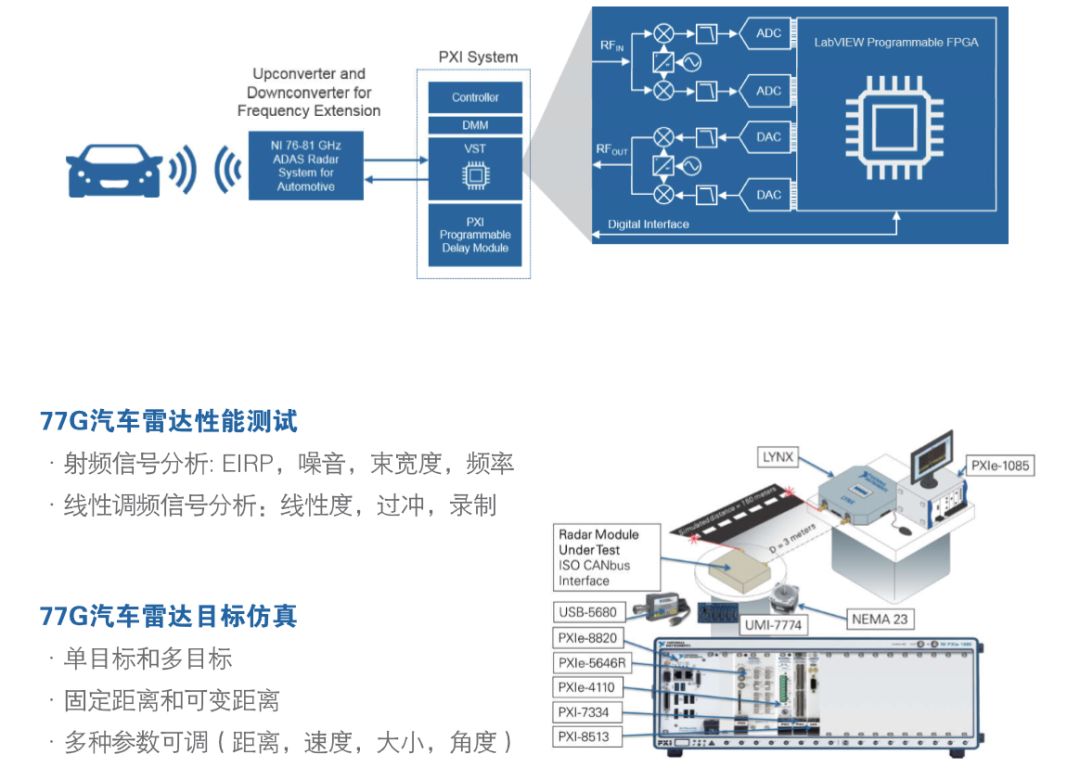
Figure 2. NI VRTS focusing achieves 76-81 GHz automotive radar parameter testing and target simulation.
And it is based on NI VRTS, China Automotive Technology Research Center â— Automotive Engineering Research Institute built a multi-target simulation test system, not only can realize the simulation of the obstacle type, speed, location, but also can use the test scenario based on VRTS implementation. The main performance parameters of millimeter-wave radar such as adaptive cruise (ACC), collision warning (FCW), etc. are tested, and full coverage testing of the typical application conditions of the ADAS system specified in C-NCAP 2018 can be performed.
“Can simulate Doppler speeds of up to 250 km/h, the shortest obstacle range of 4 meters, object resolution of down to 10 centimeters, support for multiple angles of arrival...†Zhou Zhixiang said, “NI VRTS advantage Clearly, customers can configure the industry's most advanced ADAS test system based on VRTS to improve vehicle safety and reliability."
2
No need for programming advantages, the new NI FlexLogger can quickly extract important automotive test data
Needless to say, technological innovations in areas such as autopilot, electrification, and V2X communications are revolutionizing vehicle design, testing, and production in the automotive industry. The rapid development and integration of emerging technologies such as sensor fusion, large-capacity batteries, and deep learning has prompted smart cars to require more extensive, accurate, and traceable testing. Therefore, managing the explosive growth of data has become a top priority for smart car testing.
On the CICV 2018, National Instruments gave an introduction to FlexLogger, the just-launched global, configuration-based data-logging software, and emphasized that it "doesn't need to program!" Engineers can use the FlexLogger to simplify test configurations by simplifying data correlation and analysis by quickly integrating analog sensors, digital pulse frequency, CAN signals, and computation channels, and storing all of this data in a common technical data management stream (TDMS) file format. Tasks to accurately analyze the characteristics of the entire system, and all of these processes do not require programming.
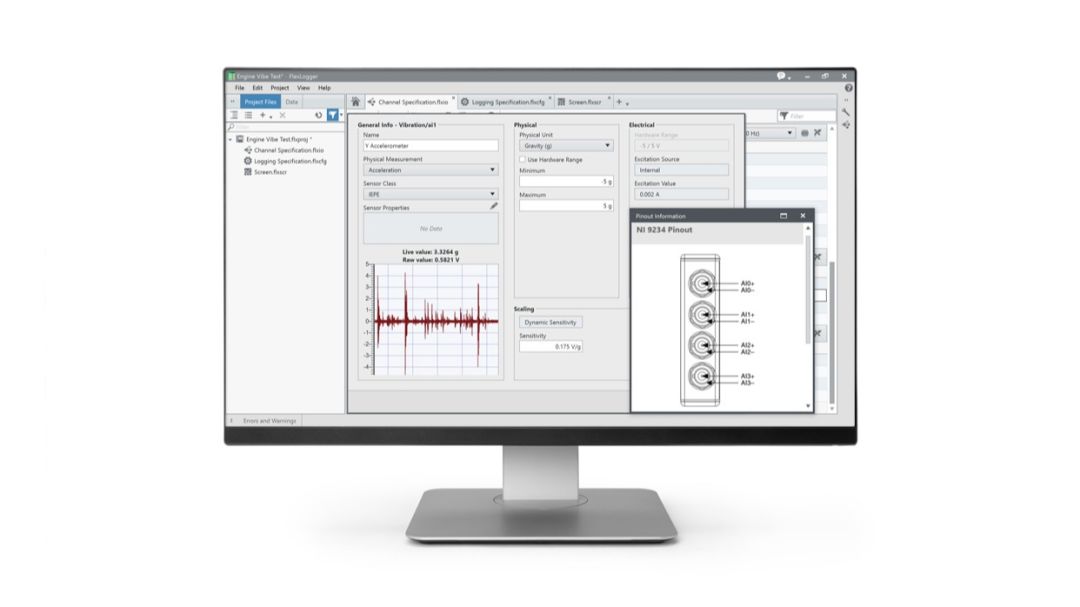
Figure 3. NI recently introduced FlexLogger, a configuration-based data logging software that further accelerates smart car testing.
In addition, the test department can not only improve the FlexLogger's access to data, but also use DIAdem data management software to efficiently communicate results to the organization to find and analyze FlexLogger data and generate reports. Its intuitive workflow and data management capabilities allow FlexLogger Ability to easily meet test challenges in areas other than smart car testing such as heavy equipment, aerospace, and home appliances.
In fact, not only can we see the sense of urgency of the smart network-linked automotive process from the technological side. In January 2018, the National Development and Reform Commission issued a draft of the “Smart Motor Innovation and Development Strategyâ€, which clarified the “three-step†timetable for the innovation and development of Chinese smart cars: By 2020, the proportion of new smart cars in China will reach 50%, The level of smart cars to achieve market-oriented applications; by 2025, the basic realization of new smart cars, high-level smart cars to achieve large-scale applications, "human - car - road - cloud" to achieve a high degree of coordination; to 2035, the first to build China into a smart car Strong country. Less than two years away from the first node, this puts pressure on the testing upstream of the smart car industry chain.
Zhou Zhixiang said: "To help customers meet the development trend of smart cars, NI not only actively promotes independent testing technology points, but also makes continuous efforts to create a platform-based hardware and software overall testing program, and it is hoped that the line will form a surface. , joint customers and partners to build a global smart car testing ecosystem."
3
From a Multi-Functional Fusion Test to a One-Stop Solution for Fully-Automated Driving Automotive Testing, NI Platforms Gather Industry Leading Customer Cases
In fact, as far as last year's stunning industry's first Audi A8 with L3 autopilot, NI is truly a “backstage heroâ€. Verifying driverless safety requires extensive testing that has become a consensus in the industry and helps Audi meet the highest level of Automotive Safety Integrity Level (ASIL) in ISO 26262, ie D-level benchmark safety of 10 million kilometers Testing, based on the NI platform hardware-in-the-loop (HIL) simulation test method contributed.
It is precisely because of the advanced nature of the NI test system that it is guaranteed that Audi will be able to complete tests that would have taken 10 years (according to the speed of 100 km/h throughout the year) in just a few months. Niels Koch from Audi AG, Component Owner of Radar Systems, pointed out: "The NI platform combines the industry's highest bandwidth hardware and low latency software to help us explore automotive radar sensors with unprecedented depth."
It is reported that in addition to Audi, many domestic well-known OEMs and institutions are also actively investing in smart driving. For example, Geely has cooperated with NI to conduct tests on 77-millimeter millimeter-wave radar for cars, and Jilin University is also working with NI. In-depth research collaboration.
Today, HIL has indeed become an indispensable part of the intelligent network test vehicle tool chain. Based on NI's test platform for general signal and RF signal simulation, combined with Carmaker of scene simulation software IPG and Prescan of TASS, NI can integrate the entire hardware-in-the-loop (HIL) simulation system with VeriStand to build realistic and effective virtual simulation test scenarios. In order to achieve the machine vision, laser radar, V2X and other features of the fusion test.
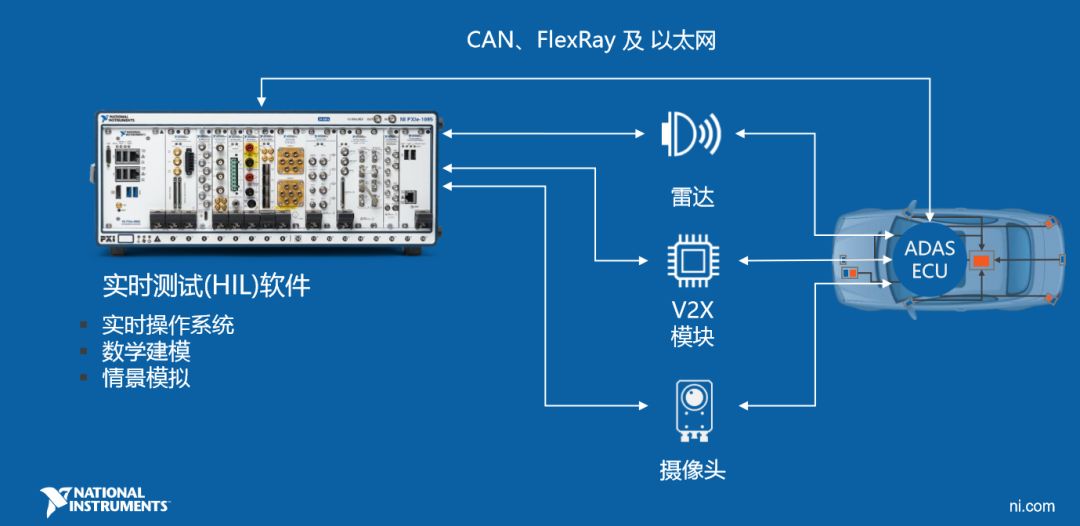
Figure 4. The hardware-in-the-loop (HIL) simulation test system based on the NI platform can realize the requirements of fully automated driving fusion testing.
The common scenario of the car-linked communication is through the agreement, in the process of the car driving, constantly sending its own vehicle safety information to the surrounding vehicles.
Zhou Zhixiang pointed out: "We are able to provide 802.11p transceiver modules and solutions with standard test functions. It can emulate a vehicle node or a road test device, and it can be used to carry out real-world vehicle and road test equipment. Communicates data interactions to interconnect with radars, cameras, laser sensors and GPS positioning on cars."
However, to achieve the ADAS, V2X, and many other fusion testing functions that fully automated driving vehicles rely on, there must be a comprehensive test system that can incorporate all intelligent network-linked data sources from cameras and radars. To address these challenges and accelerate innovation, NI has reached strategic alliances with the adas iiT consortium of SETGMBH, Konrad Technologies, SEA, and measX to leverage their expertise in ADAS: sensor fusion, HIL, V2X communications, GNSS simulation, and data Management, the development of a one-stop solution for fully automated car testing, and placing advanced global experience in China has always been an important part of NI's commitment and experience.
Pd 45W,45 W Usb C Charger,45 Watt Usb C Charger,Pd 45W Fast Charger
ShenZhen Yinghuiyuan Electronics Co.,Ltd , https://www.yhypoweradapter.com